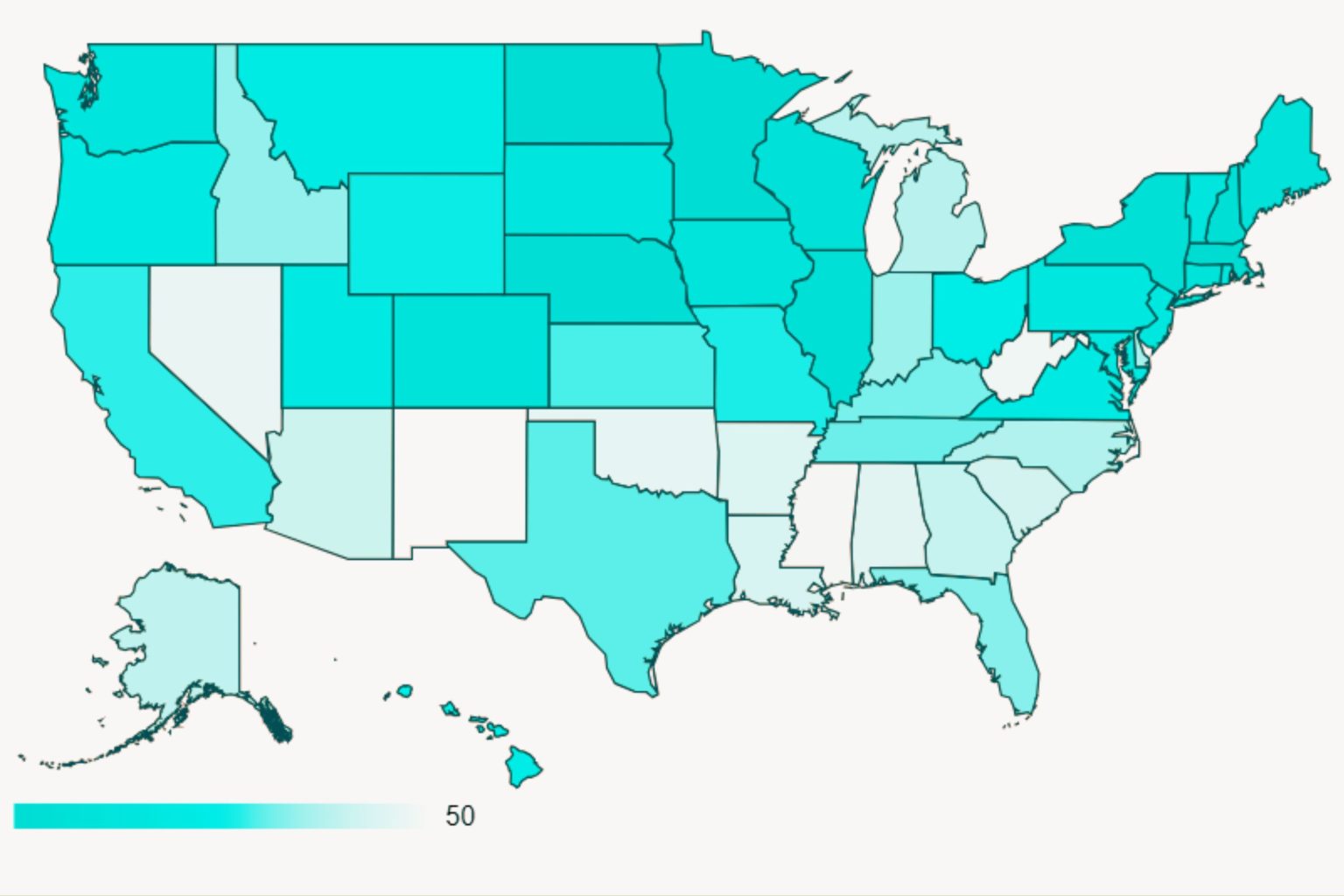WalletHub’s 2025 study unveils the best and worst states for raising a family, utilizing 50 metrics across five key dimensions: family fun, health and safety, socioeconomics, education & childcare, and affordability. Massachusetts emerges as the top choice, boasting a remarkable overall score of 68.88 out of 100. Its dominance stems largely from its leading positions in education & childcare and affordability, reflecting the state’s robust educational infrastructure and relatively accessible cost of living. This victory underscores the appeal of East Coast states, with New York and New Hampshire also securing high rankings, suggesting a correlation between this region and favorable family environments.
The study’s methodology encompasses a diverse range of factors. Family fun considers the availability of recreational opportunities like family attractions and sports centers. Health and safety evaluates critical aspects such as access to healthcare professionals, infant mortality rates, air quality, and crime statistics. Socioeconomic factors delve into the financial well-being and social dynamics of each state. Education & childcare assesses the quality and accessibility of educational institutions and childcare services. Affordability examines the cost of living, housing, and other essential expenses. This comprehensive approach provides a holistic view of each state’s suitability for family life.
Trailing Massachusetts, Minnesota secures the second position with a score of 63.36, followed by North Dakota (61.87), Nebraska (61.03), and New Hampshire (60.03), completing the top five. These states demonstrate strengths across the various metrics, offering a balanced environment conducive to raising children. The presence of Midwestern states like Minnesota, North Dakota, and Nebraska indicates that family-friendly environments are not exclusive to the East Coast, highlighting diverse geographical options for families.
Expert insights from Daniel Puhlman, Ph.D., emphasize the multifaceted nature of family relocation decisions. Beyond the quantifiable metrics, he stresses the importance of considering proximity to extended family, job opportunities, school choices, community resources, and overall cost of living. These qualitative factors play a crucial role in shaping a family’s experience and contribute significantly to their well-being. Furthermore, Puhlman advocates for family-friendly policies, emphasizing the need for states to prioritize education, childcare affordability, extracurricular activities, and recreational opportunities to attract and retain young families.
An analysis of the most populous states reveals a mixed picture. California, Texas, and Florida occupy the 28th, 30th, and 33rd positions, respectively, suggesting that sheer population size does not necessarily translate into optimal family environments. California scores 51.90, Texas 51.02, and Florida 49.04, indicating room for improvement across the assessed dimensions. This disparity highlights the importance of focusing on targeted policies and resources that cater specifically to the needs of families, regardless of a state’s overall size and economic power.
In contrast to the top performers, New Mexico occupies the bottom spot with a score of 32.40, followed by Mississippi (35.46), West Virginia (37.22), Nevada (39.33), and Oklahoma (41.14). These states face challenges across the evaluated metrics, indicating areas requiring significant attention and improvement to enhance their family-friendliness. This disparity underscores the importance of state-level initiatives and policies in fostering environments conducive to raising children, as the quality of life for families varies considerably across the nation. Puhlman’s recommended top five indicators for evaluating family-friendly states include supportive laws and policies, high-quality education and childcare, a diverse job market, ample recreational opportunities, and safe, affordable housing with accessible community resources. These criteria offer a comprehensive framework for families seeking to relocate and for policymakers aiming to create more attractive environments for families.

